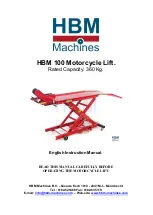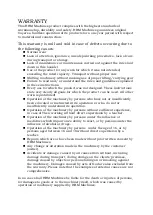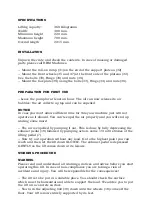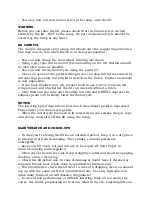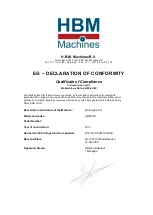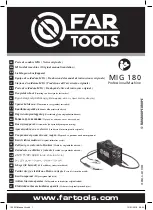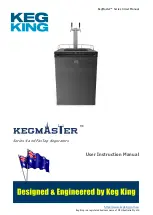
-- You may now roll your motorcycle up the ramp, onto the lift.
WARNING
Before you can raise the lift, please check that the motorcycle is carried
entirely by the lift
–
NOT by the ramp. No part of the motorcycle should be
carried by the ramp at any time!
BE CAREFUL
The ramp is designed only to help roll wheels onto the supporting structure.
You may only do this when the lift is in its lowest position.
-- You can now clamp the front wheel, limiting movement.
-- Using a guy rope fix the motorcycle immovably on the lift. Motion should
be restricted as far as possible.
-- You can now lift the motorcycle using the pedal (7)
-- Once you arrive at the preferred height you can stop further movement by
introducing the safety bar (48) into the hole in the frame. Further movement
is now impossible.
-- If you have finished your job, please check to see (1) if no tools are left
lying around and (2) whether the lift can descend without a hitch.
-- Only then can you take out the safety bar (48) and GENTLY depress the
exhaust pedal (10) to slowly lower the motorcycle.
NOTICE
The lowering speed depends on how much the exhaust pedal is depressed.
Please lower your motorcycle gently.
-- When the motorcycle has been fully lowered you can release the guy rope
and clamp, and roll if off the lift using the ramp.
MAINTENANCE AND CHECK-UPS
--
In case you’re storing the lift for an extended pe
riod, keep it in a dry place
to prevent rust from developing. The cylinder, ram and piston are
susceptible.
--
keep your lift clean. Oil and dirt are to be wiped off; don’t forget to
lubricate moving parts regularly.
-- Often check the ram for rust. Keep it slightly coated and clean by applying
machine oil on a clean rag.
-- Check the lift before use. In case of damage or doubt have it checked or
repaired. Please have repair done by qualified technicians only.
-- You should often check the oil level. In case of a dropping level you should
top up with the same oil. Never mix different oils. Use only hydraulics oil
since many kinds of oil will dissolve the gaskets!
-- In case of bad performance or difficult lowering, false air is usually the
cause. See under preparation for first use what to do, viz., expelling false air.

